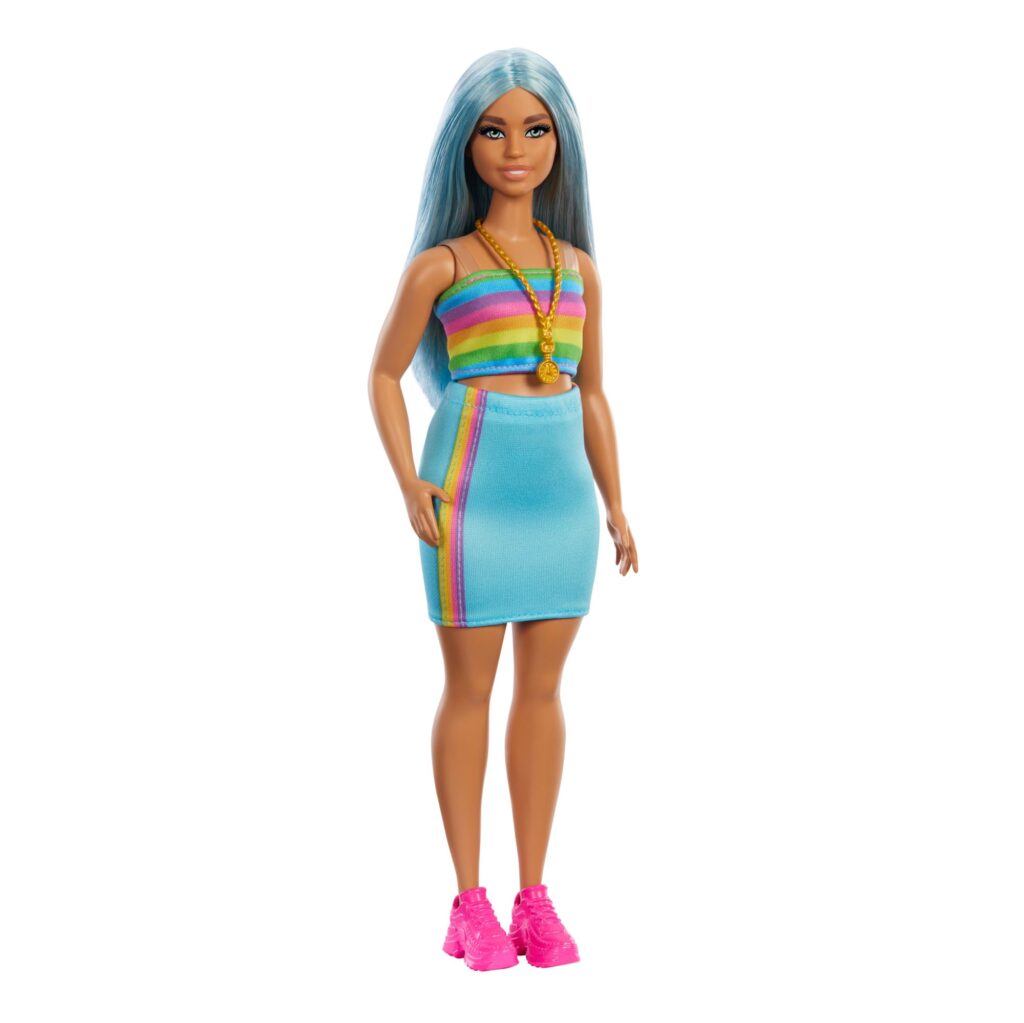
Introduction
Barbie, the iconic doll created by Ruth Handler and launched by Mattel in 1959, has remained a cultural phenomenon for over six decades. With the recent release of the highly anticipated live-action film, the relevance and influence of Barbie in contemporary society have surged once again. This article delves into how Barbie has evolved, its cultural significance, and its impact on modern discussions surrounding gender, identity, and representation.
Recent Developments
The release of the Barbie movie directed by Greta Gerwig in July 2023 not only generated substantial box office revenue but also sparked conversations regarding empowerment and feminism. Margot Robbie, who played Barbie, and Ryan Gosling, who portrayed Ken, brought a fresh take on the classic characters, pushing the storyline into modern themes. The film has been praised for its satirical approach to gender stereotypes and its playful yet poignant commentary on identity.
Several organizations and creators have attempted to further the conversation initiated by the film. Brands have launched campaigns around inclusivity using Barbie portrayals to reflect real-life diversity, allowing children to see themselves in their toys. For instance, the latest Barbie line has expanded to include dolls of various body types, skin tones, and abilities, challenging the traditional narrow beauty standards that the original Barbie represented.
Cultural Significance
Barbie’s significance transcends mere consumer products; she serves as a lens through which societal values and norms can be examined. As a toy, Barbie has faced criticism for promoting an unrealistic and narrow image of femininity. However, over the years, she has also taken on various professions, evolving from a traditional homemaker to a pilot, scientist, and even a presidential candidate, thereby encouraging aspirations beyond societal boundaries.
Moreover, Barbie’s role in the toy market illustrates the larger themes of consumer culture. As discussions about sustainability and ethics in manufacturing grow, many companies, including Mattel, are exploring ways to produce eco-friendly toys. This shift in business practices could play a significant role in shaping consumer expectations in the future.
Conclusion
Barbie’s journey since her debut reflects the changing dynamics of society and the ongoing discussions surrounding gender, representation, and consumerism. As viewers and consumers engage with the brand in new ways following the film’s release, it will be crucial to monitor how these narratives evolve. The conversation about Barbie is likely to continue, potentially influencing future generations’ views on identity, beauty, and aspirations. Barbie’s legacy, once perceived as solely a childhood toy, has transformed into a complex cultural symbol resonating with audiences around the world.



